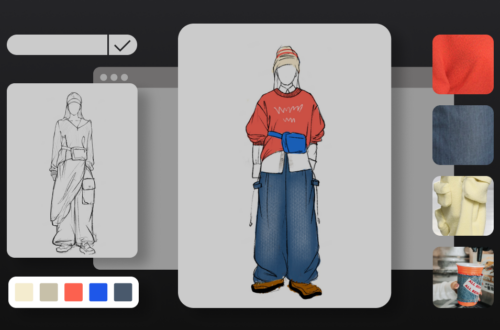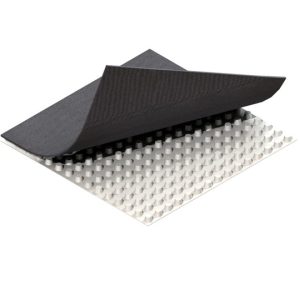Katana Custom: Crafting the Perfect Samurai Sword
# Katana Custom: Crafting the Perfect Samurai Sword
## The Art of Custom Katana Making
For centuries, the katana has stood as a symbol of Japanese craftsmanship, martial prowess, and cultural heritage. Today, the tradition of creating custom katanas continues to thrive, blending ancient techniques with modern customization options to produce swords that are both functional works of art and deeply personal expressions.
## Understanding the Katana’s Legacy
The katana emerged during Japan’s Muromachi period (1392-1573) as samurai needed faster-drawing swords for close combat. Unlike its predecessors, the katana featured a curved, slender blade with a single cutting edge, designed for both slashing and thrusting motions.
What sets the katana apart is not just its distinctive shape but the meticulous forging process that goes into its creation. Traditional Japanese swordsmiths follow methods passed down through generations, treating each sword as a unique creation rather than mass-produced weapon.
## The Customization Process
When commissioning a custom katana, several key elements can be personalized to create your perfect sword:
### Blade Characteristics
– Steel type (traditional tamahagane or modern alloys)
– Hamon (temper line pattern)
– Blade length and curvature (sori)
– Polish level (mirror, satin, or matte finish)
### Hilt Components
– Tsuka (handle) length and wrapping style
– Samegawa (ray skin) quality and color
– Menuki (ornamental grip decorations)
– Tsuba (handguard) design and material
### Scabbard Details
– Saya (scabbard) wood type and finish
– Sageo (cord) color and tying style
– Decorative elements like lacquer or inlays
## Modern vs. Traditional Approaches
Contemporary custom katana makers offer two primary approaches:
Traditional Method:
– Uses tamahagane steel made from iron sand
– Follows ancient folding and forging techniques
– Requires months of work by master smiths
– Results in museum-quality pieces with premium pricing
Modern Interpretation:
– Employs high-carbon steels like 1095 or T10
– Incorporates some machine-assisted processes
– Delivers excellent performance at more accessible prices
– Allows for greater customization flexibility
## Choosing Your Custom Katana
When selecting a custom katana maker, consider:
1. Intended Use (display, martial arts practice, collection)
2. Budget constraints
3. Desired authenticity level
4. Maker’s reputation and craftsmanship
5. Lead time and production capacity
Many reputable workshops offer consultation services to help clients navigate these decisions and create a sword that meets their specific needs while respecting the katana’s storied tradition.
## Caring for Your Custom Katana
Proper maintenance ensures your investment lasts generations:
– Regular oiling with choji oil
– Proper storage in a dry environment
– Gentle cleaning after handling
– Professional polishing when needed
– Careful handling to prevent chips or nicks
Remember that a katana isn’t just a weapon or decoration—it’s a piece of living history that connects you to centuries of samurai tradition. Whether you’re a martial artist, collector, or history enthusiast, a custom katana offers a unique way to own a functional masterpiece tailored to your personal vision.
Keyword: katana custom


